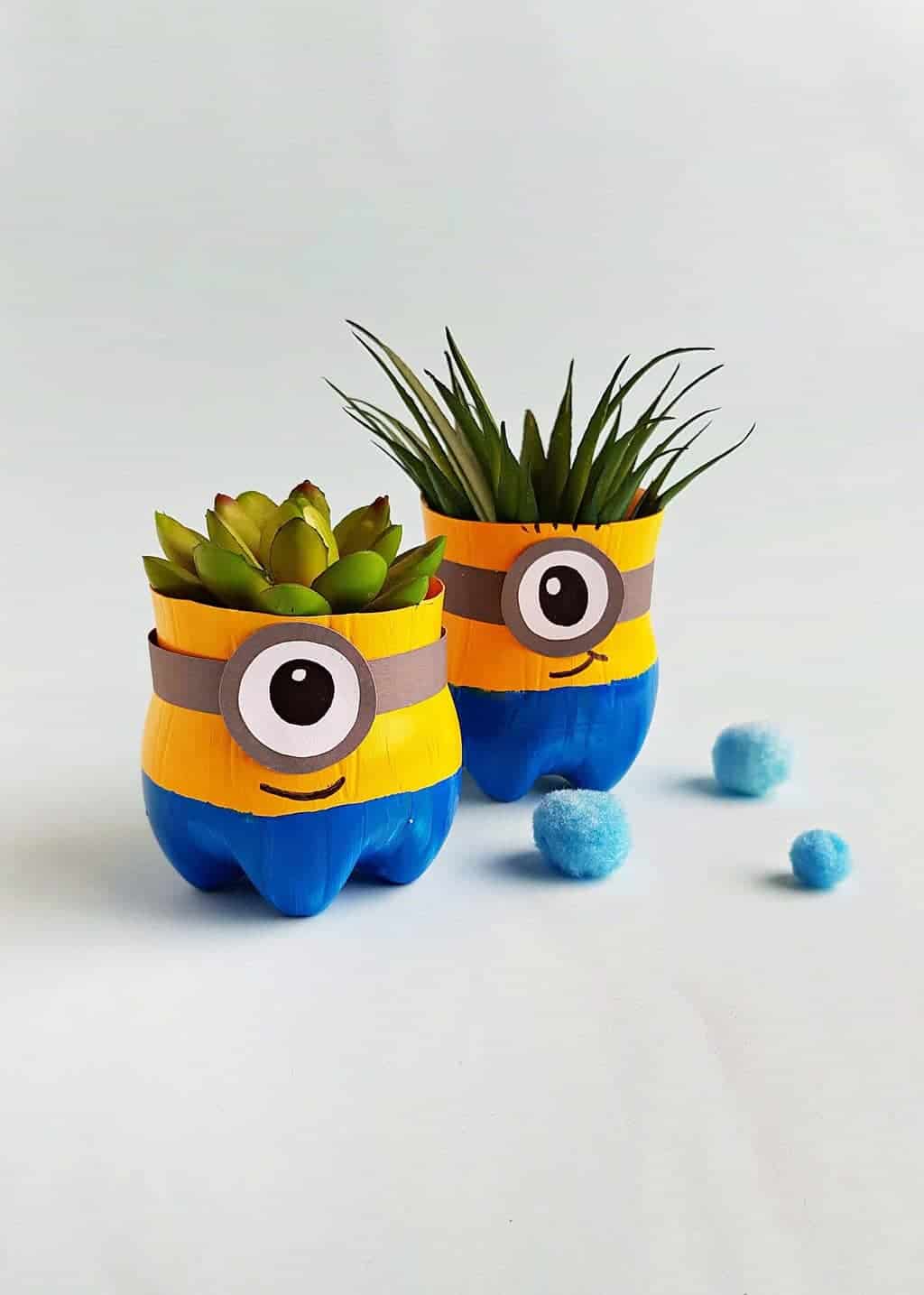Creative Ideas for Painting Plastic Flower Pots: Transforming Your Garden Décor
Transforming plain plastic flower pots into vibrant, personalized works of art is a fantastic way to infuse your outdoor or indoor spaces with creativity and charm. Whether you’re an avid gardener looking to add some flair to your plant collection or a DIY enthusiast searching for a fun weekend project, painting plastic pots offers endless possibilities for customization. Here are several creative ideas to inspire your next gardening makeover.
1. Ombre Effect: Gradual Color Transformation
Create a mesmerizing ombre effect by blending colors seamlessly from dark to light or vice versa. Begin by selecting two or three shades of the same color family, such as various blues or pinks. Start painting the bottom of the pot with the darkest shade and gradually add white paint to lighten the hue as you work your way up. Use a sponge or a dry brush technique to blend the colors softly, creating a smooth transition. This gradient look adds depth and visual interest, especially when paired with plants that echo the pot’s hues.
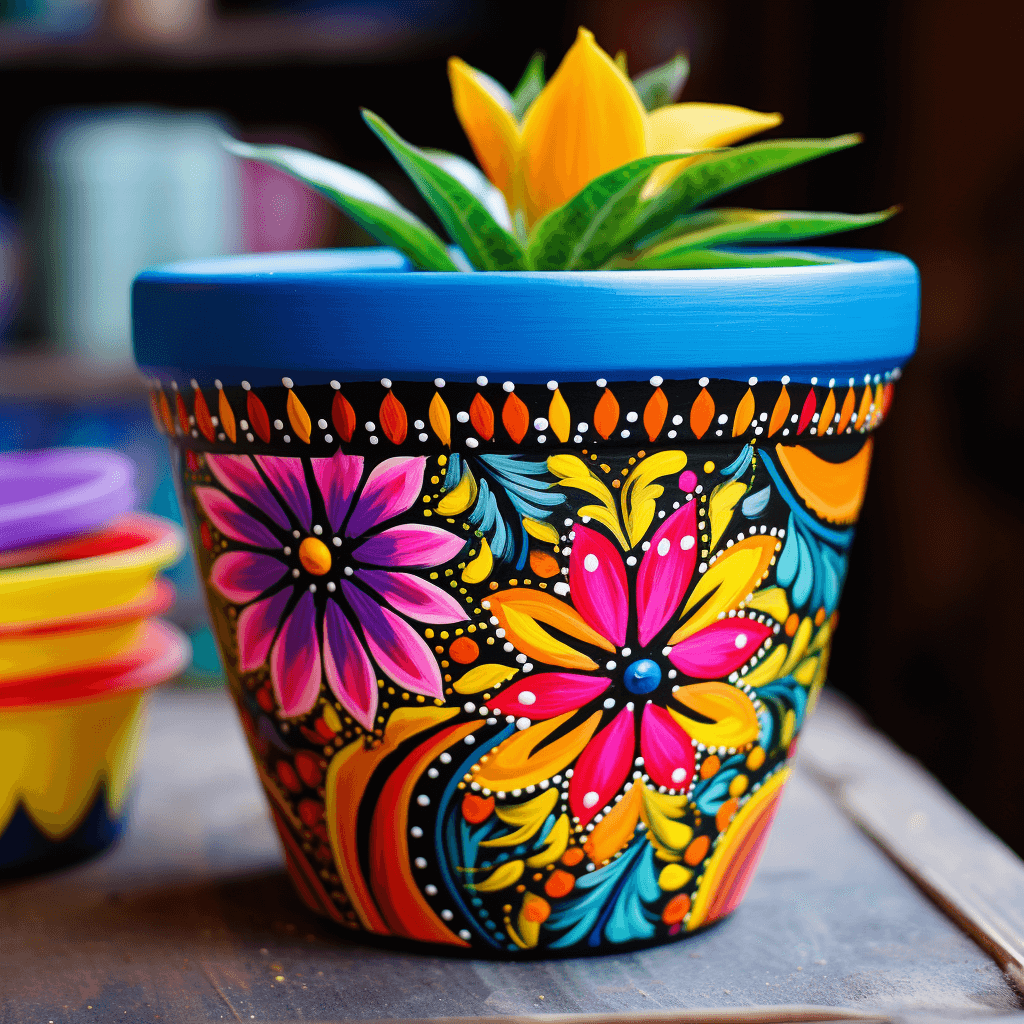
2. Geometric Patterns: Playful Symmetry and Contrast
Embrace geometric patterns to add a touch of modernity to your plastic pots. Choose bold, contrasting colors like black and white or bright primary shades for maximum impact. Masking tape is your best friend here; use it to create precise lines and shapes like triangles, stripes, or hexagons. Apply the base coat first, let it dry completely, then carefully apply the tape to form the desired pattern. Paint within the masked-off areas with a different color, remove the tape once dry, and reveal your crisp, graphic design.
3. Stenciled Designs: Adding Whimsy and Detail
Stencils allow for intricate designs without requiring advanced painting skills. Find or create stencils featuring floral motifs, animals, or even inspirational quotes. Position the stencil on the pot, securing it with painter’s tape to prevent bleeding. Using a dense foam roller or a stippling brush, apply paint over the stencil, taking care not to overload the brush to maintain clean lines. Once dry, peel away the stencil to reveal your beautifully detailed artwork. Layer multiple stencils for added depth and complexity.
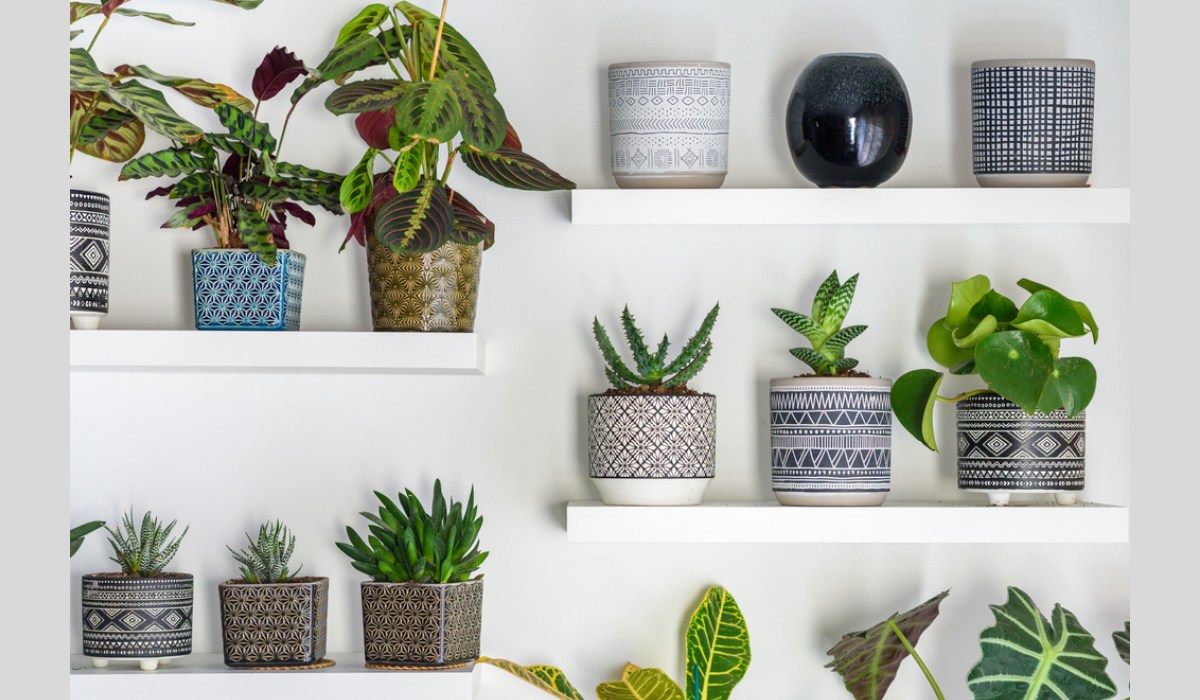
4. Mosaic Illusion: Optical Playfulness
Create the illusion of a mosaic without the hassle of grouting by painting tiny, irregularly shaped “tiles” in various colors across the surface of your pot. Use a fine brush to outline each tile shape first, then fill them in with different shades, ensuring a balanced mix of colors. For added realism, leave thin unpainted lines between each tile to mimic grout lines. This technique adds texture and visual interest, especially when viewed from a distance.
5. Rustic Charm: Faux Weathered Finish
Give your plastic pots a vintage, weathered look by simulating the patina of aged metal or stone. Begin with a base coat in a neutral color like gray or beige. Once dry, use a dry brushing technique with a lighter shade to create subtle highlights, focusing on edges and raised areas where natural wear would occur. For a rust effect, add touches of red and orange in random spots, followed by brown to mimic the oxidation process. Seal the finish with a clear coat to protect the faux aging.
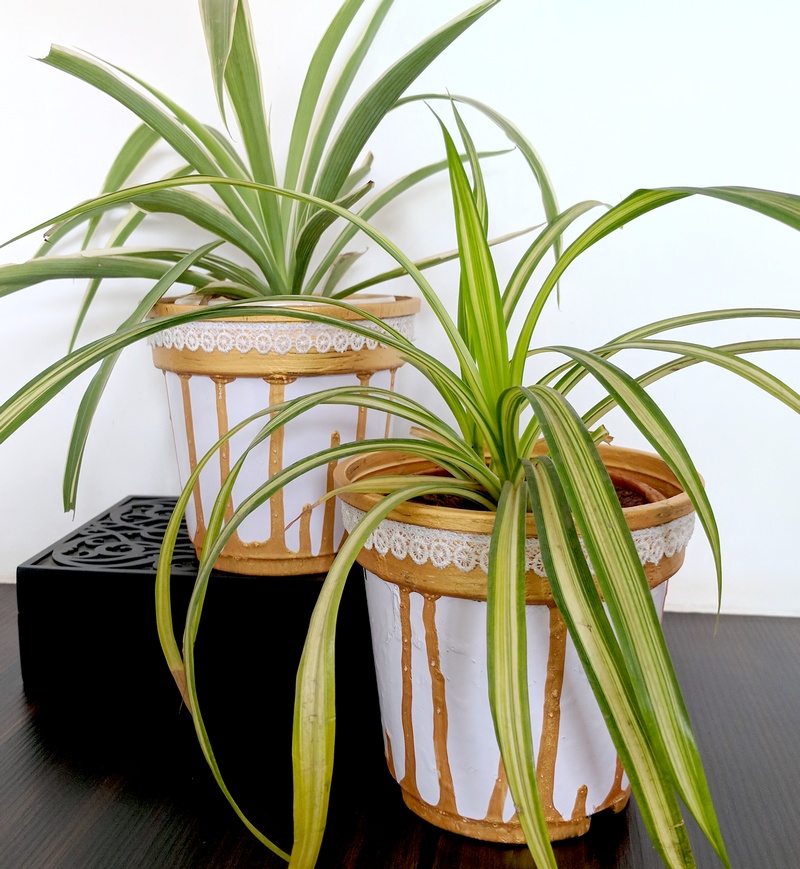
6. Nighttime Glow: Luminescent Accents
Infuse your garden with a magical glow using luminescent or glow-in-the-dark paints. Apply these paints sparingly over your existing design or create a pattern specifically for this effect, such as stars, moons, or even silhouettes of nocturnal creatures. Charge the painted areas under sunlight during the day, and they’ll emit a soft glow after dusk, casting an enchanting light onto your plants and surroundings.
7. Botanical Illustrations: Celebrating Nature
Bring a touch of classic elegance by painting detailed botanical illustrations directly onto your pots. Research or sketch your favorite flowers, leaves, or herbs, then transfer the design onto the pot using a transfer paper or by freehand drawing if you’re confident in your skills. Use acrylic paints and fine brushes to carefully paint the details, layering colors for depth and shadow. This approach elevates your pots into miniature art pieces, harmoniously blending with the living plants inside.
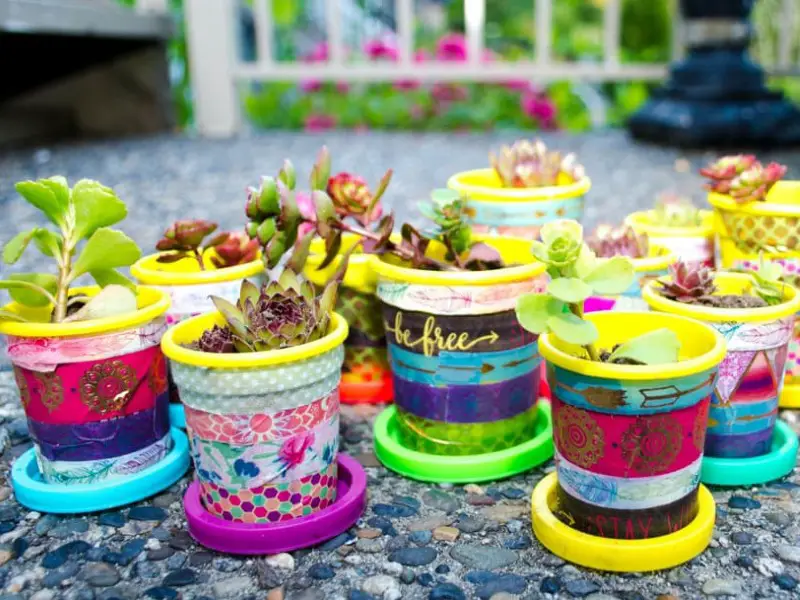
8. Personalized Monograms: Adding a Touch of Elegance
For a touch of sophistication, consider adding a monogram to your pot. Choose a font style that complements your garden’s aesthetic, whether it’s traditional script or modern sans-serif. Use a stencil or a steady hand to paint the initials or name, perhaps bordered by a simple frame or adorned with flourishes. You can even experiment with metallic paints for a regal finish, perfect for gifting or marking special occasions.
9. Abstract Art: Unleashing Creativity
If you prefer a more spontaneous and expressive approach, abstract art is your canvas. Let your imagination run wild with bold brushstrokes, splatters, or even finger painting. Mix colors directly on the pot or create a color-blocked effect. There are no rules here; the goal is to express yourself freely and create something truly unique. This method is incredibly therapeutic and results in one-of-a-kind pots that reflect your personality.
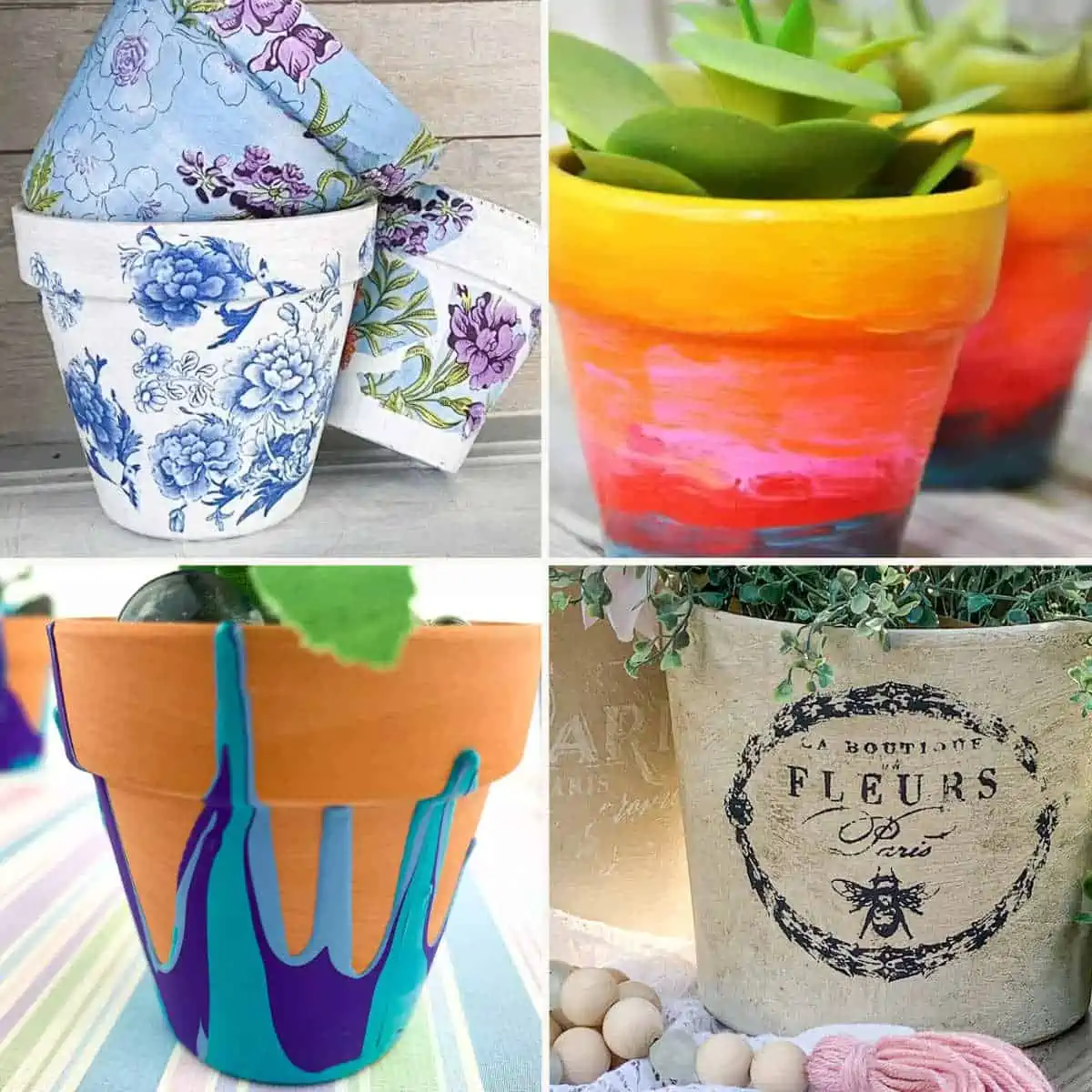
10. Texture Techniques: Dimension and Depth
Explore various texturing methods to add tactile interest to your pots. You can create raised patterns using dimensional fabric paint, which comes in squeezable bottles for easy application. Alternatively, mix sand or grit into your paint for a gritty, stone-like texture. Another option is to apply a layer of Modeling paste before painting, allowing you to sculpt intricate designs or simulate rough surfaces like tree bark. These textures not only enhance visual appeal but also provide an interesting contrast against the smooth foliage.
11. Ombre Effects: Gradient Beauty
Transform your pots into mesmerizing ombre masterpieces by gradually blending one color hue into another. Start by selecting a color scheme that resonates with your garden’s ambiance, such as calming blues and greens or warm sunset oranges and yellows. Paint the bottom portion of the pot with the darkest shade of your chosen color and slowly lighten the tone as you move upwards, blending each layer seamlessly into the next. This technique adds depth and a sense of continuity, especially when paired with plants that echo similar color tones.
In conclusion, painting plastic flower pots opens up a world of artistic expression, allowing you to customize your garden or indoor space with personal flair. Each of these creative ideas offers a unique approach to beautifying your plant containers, encouraging you to experiment with color, pattern, and technique. Remember, the joy of DIY projects lies in the process itself; don’t be afraid to let your creativity bloom as you transform ordinary pots into extraordinary works of art.
